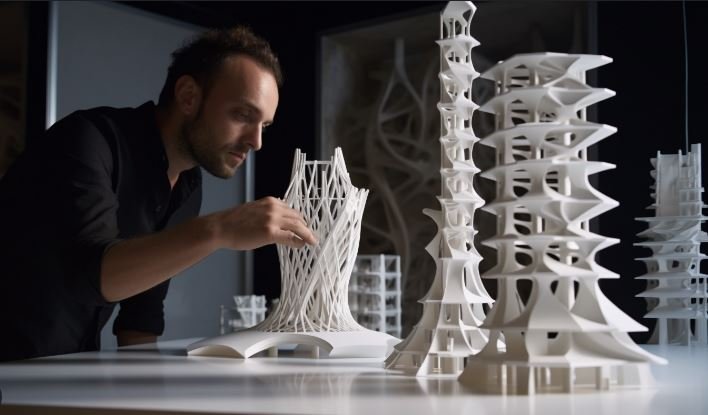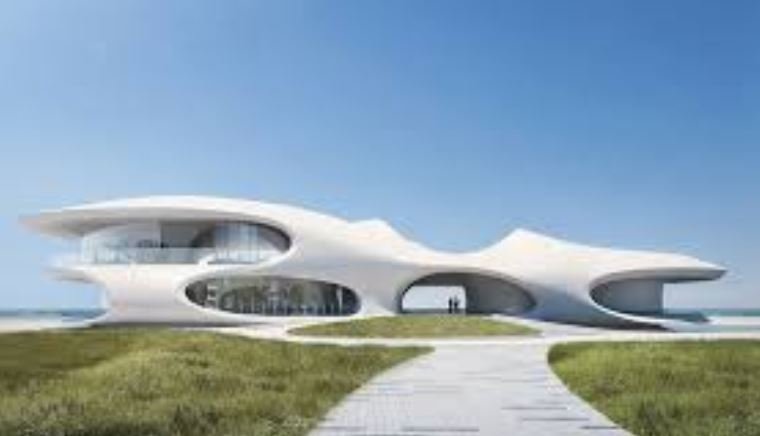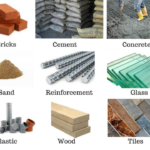The Role of 3D Printing in Modern Architecture
3D printing has emerged as a transformative technology in modern architecture, offering architects unprecedented design flexibility, efficiency in construction, and sustainable building solutions. This article explores the role of 3D printing in revolutionizing architectural practices and shaping the built environment.

Advantages of 3D Printing in Architecture
Design Freedom and Complex Geometry
3D printing enables the creation of intricate and geometrically complex architectural forms that were previously challenging or impossible to achieve with traditional construction methods. Architects can experiment with innovative designs and customized structures tailored to specific project requirements.
Cost-Effectiveness and Time Efficiency
By eliminating the need for complex formwork and reducing material waste, 3D printing lowers construction costs and accelerates project timelines. Rapid prototyping and on-site fabrication capabilities streamline the construction process, minimizing labor and logistical challenges.
Sustainable Practices and Material Efficiency
Use of Recycled Materials and Sustainable Filaments
Many 3D printing technologies utilize recycled materials, bio-based polymers, or sustainable filaments derived from renewable sources. This reduces environmental impact, promotes resource conservation, and supports circular economy principles in architectural production.
Minimized Construction Waste
Precision printing and on-demand fabrication minimize construction waste compared to traditional building methods. This sustainable practice contributes to reducing landfill waste and conserving natural resources throughout the building lifecycle.
Applications of 3D Printing in Architecture
Customized Building Components
From facades and cladding to structural elements and interior furnishings, 3D printing allows for the customization of building components with intricate details and precise dimensions. This flexibility enhances architectural creativity and functional integration within projects.
Rapid Prototyping and Iterative Design
Architects use 3D printing for rapid prototyping and iterative design processes, facilitating quick adjustments and enhancements based on feedback and performance evaluations. This iterative approach promotes innovation and ensures design optimization before full-scale construction.
Examples of 3D Printed Architecture
- The BOD (Building on Demand), Copenhagen: A 3D-printed building designed for sustainable urban living, showcasing modular construction and adaptive reuse of materials.
- Dubai’s 3D Printed Office: The world’s first fully functional 3D-printed office building, demonstrating the feasibility and scalability of 3D printing technology in large-scale construction projects.
Challenges and Considerations
Despite its advantages, integrating 3D printing in architecture presents challenges such as regulatory approvals, material limitations, and scalability for mass production. Addressing these considerations requires collaboration among architects, engineers, and policymakers to ensure safety, quality, and compliance with building codes.
Future Prospects and Innovations
Large-Scale Construction Projects
Advancements in robotic 3D printing and additive manufacturing techniques enable the realization of larger and more complex architectural structures. Future applications may include multi-story buildings, bridges, and infrastructure projects, transforming the skyline of cities worldwide.
Bioclimatic and Sustainable Design Solutions
Integrating bioclimatic principles with 3D printing offers opportunities for creating energy-efficient and environmentally sustainable buildings. Customizable designs and material innovations support climate-responsive architecture, enhancing occupant comfort and reducing operational energy costs.
Conclusion: Shaping the Future of Architectural Design
3D printing revolutionizes modern architecture by pushing the boundaries of design innovation, construction efficiency, and sustainability. As technology advances and adoption grows, architects have unprecedented opportunities to redefine architectural practices and create sustainable built environments that meet the evolving needs of society.
3D printing enables complex architectural forms and customized building components.
Sustainable practices and material efficiency promote environmental stewardship.
Collaboration and innovation drive the integration of 3D printing in architectural design and construction.
Embracing 3D printing in architecture signifies a shift towards more adaptable, sustainable, and resilient built environments. By harnessing its transformative potential, architects can lead the way towards a future where creativity and sustainability converge seamlessly in architectural design.



